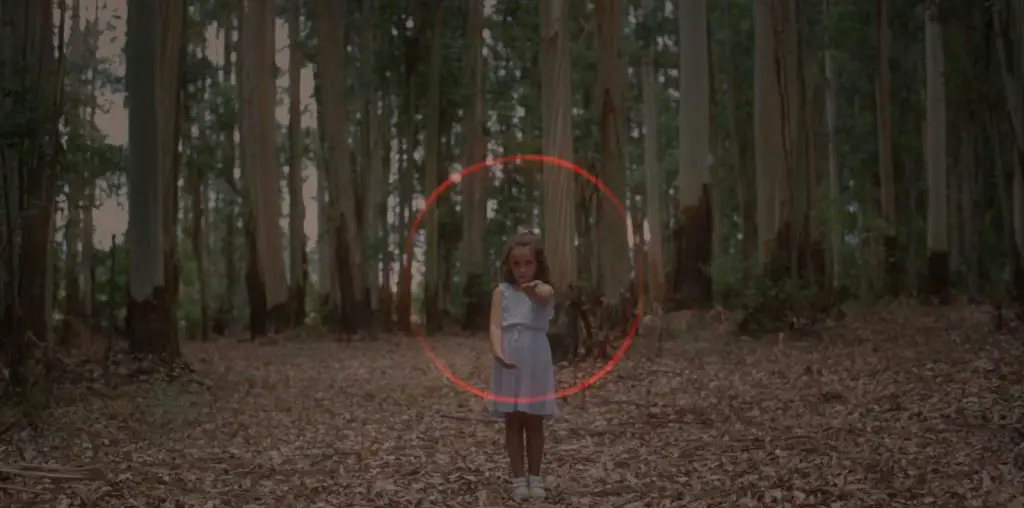
The true universal language is not mathematics; it’s facial expressions. A frown conveys a very specific idea whether it’s on a chimpanzee, a human child, or a bean sprout. John Hansen’s short film “the Boy with the Upside-Down Smile” utilizes limited animation to tell the story of a boy that no one seems to like. The boy has a long tendril of hair on the top of his head, which makes him look more like a bean sprout than a human, and because everybody else is bald, they make fun of him. The homeless won’t even take his money.
Limited animation can be perceived as too simplistic or amateurish. Not much is actually animated and when there is a decent amount of movement, it’s usually a product of cycling (repeating the same motion such as shaking one’s head or waving one’s hand). Moreover, because there’s less attention to detail in illustrating the background, there’s less depth of field. In other words, objects that are supposed to be in the distance frequently look like they’re above as opposed to behind the things in the foreground.
In the case of “the Boy with the Upside-Down Smile,” limited animation works wonderfully as it allows you to see that facial expressions are the universal language. Hansen effectively presents narrative and conveys the emotions of his characters without any fancy animation or decipherable dialogue (characters mumble, make noises, and only a couple of actual words are spoken). One of the key moments in Hansen’s short occurs when the boy tries in vain to become like the other hairless sprouts. Realizing that his situation is hopeless, he stares at his reflection in the mirror. The edges of his mouth droop and a solitary tear trickles down his face. You immediately know exactly what he’s thinking and feeling.
In addition to commenting on the issue of individuality vs. conformity, “the Boy with the Upside-Down Smile” is an allegorical love story. Regardless of how different you are, there’s going to be someone else out there just like you.

